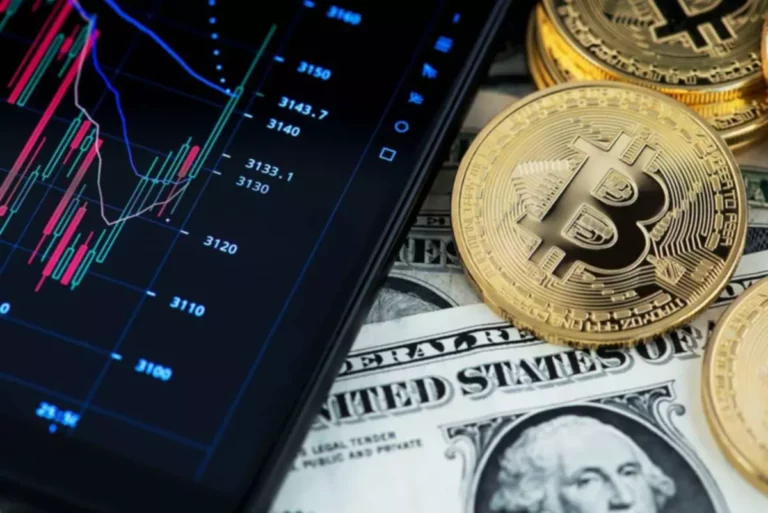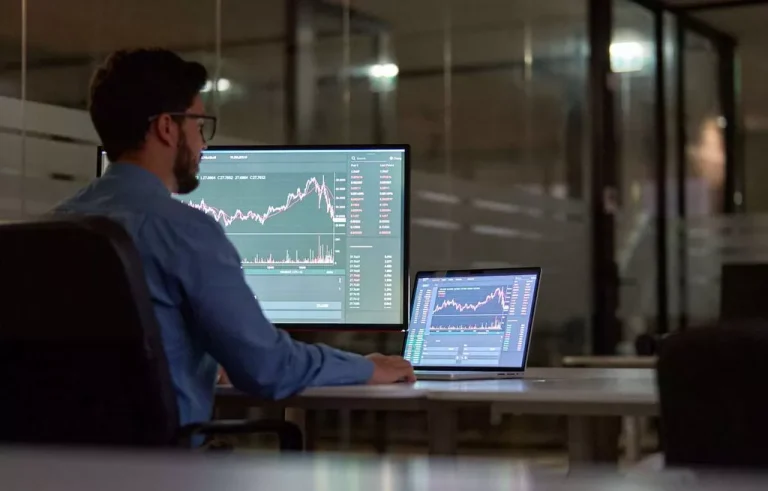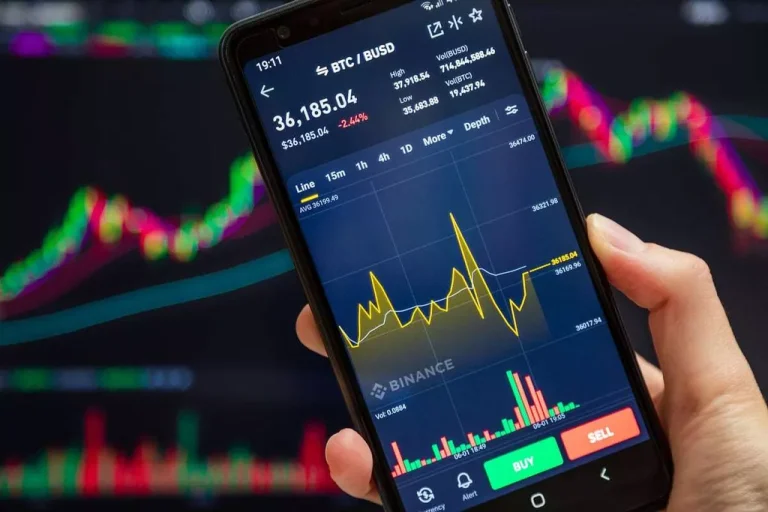Content
If you let emotion take over, you could easily become susceptible to problems like irrational exuberance (having overly high expectations of a particular asset class) or get caught up in mass hysteria. SmartAsset’s free tool matches you with up to three fiduciary financial advisors who serve your area in minutes. Each advisor has been vetted by SmartAsset and is held to a fiduciary standard to act Yield Farming in your best interests. It’s also important to formulate a plan before you enter a trade. You should get a sense of when you will exit your position before you enter it. For example, you can get free, real-time market data from Nasdaq and The New York Stock Exchange.
The page you are looking for is on the J.P. Morgan Private Bank REGION site.
Now, with the health concerns of Coke, people are shifting allegiance in favor of healthier drinks. However, along the way, we realized that long-term investing was not for everyone. The table below summarizes some of the key differences between stocks and options. Long-term investors aren’t trying to hit home runs…or strike out. Without trading and investing difference selling, you’d have turned that $10,000 into more than $24,883 and kept the entire 20 percent annualized gains.
What’s More Profitable, Investing or Trading?
Finance-focused websites can also be a good source of this information. When choosing the best online brokerage for you, you need to take a minute to assess your https://www.xcritical.com/ needs. Educational materials and training could be quite useful if you are just getting started. However, a brokerage offering advanced charting capabilities might be far more interesting if you are more seasoned.
Is trading a good idea? Pros and cons of trading and stock picking
By being always on your trading platform, chances are that you will make mistakes along the way. People hoped that the company would continue with its innovative nature. However, when Apple came up with the iPhone, Nokia dismissed it saying that people would not shift to such phones. Today, Nokia as a mobile company does not exist, and its value has been washed away. A good example is in the oil prices where no sell-side analyst correctly predicted the drop in prices.
Options and stocks are two ways to put money to work in the market, but they offer sharply different profiles for risk and reward. Investors who bought GameStop stock on January 27th, 2021 would have lost nearly 55% of their investment by April 21st, 2021. If you bought GameStop just one day earlier, you’d actually have a 7% gain, vs. nearly 9% for the S&P 500. And buying the stock on January 1 and selling on January 27th would have produced an incredible 1,740% return vs the S&P which was essentially flat. Portfolio representationDue to the amount of risk involved, trading typically only represents a percentage of someone’s total investments—not their entire portfolio. This allows them to take on riskier bets without jeopardizing their long-term financial futures.
As a long term investor, you will not be in a good position to adapt to the market cycles. With each share of the fund, an ETF allows you to own (indirectly) a piece of each stock in the fund. ETFs also allow you to buy a stake in the Standard & Poor’s 500 Index, a collection of hundreds of America’s best publicly traded companies. Over time, the index has returned an average of about 10 percent annually to investors who have bought and held. An option is the right to buy a stock (or other asset) at a specified price by a specific time.
- Holding through a losing period is harder with leverage, since the loss is magnified by the amount of leverage set at the beginning of the trade.
- “Day trading is actually the worst option for beginner investors,” says Frederick.
- The shorter the duration of the trade, the more chance there is to compound since any profits are added to the account balance and can be used on the next trade.
- This can be somewhat difficult as big losses can be harder to swallow.
Again, in 1999, sell-side analysts were busy producing reports praising tech companies they believed would be the next Coca-Cola. In 2000, the bubble bust and investors who had listened to these analysts lost money. In the financial markets, the only sure thing is that there are no sure things. Unfortunately, the recent gamification of trading makes it much easier for people to forget they have real money on the line.
This means you can’t isolate shares to realize a loss to offset other gains or minimize a taxable gain. For investors betting heavily on a few names or aggressively moving in and out of trades trying to beat the market, trading is more aptly classified as gambling. And that’s not necessarily a bad thing – plenty of people really enjoy playing Blackjack and can win big doing so. But that doesn’t mean you should put your 401(k) or down payment savings in a slot machine. To start trading, open a demo account to get used to our trading platform and placing trades.

Investing in fixed income products is subject to certain risks, including interest rate, credit, inflation, call, prepayment and reinvestment risk. Any fixed income security sold or redeemed prior to maturity may be subject to substantial gain or loss. If your first priority is to lower your portfolio’s range of return outcomes, you might want to consider using a calendar-based phase-in approach with six monthly tranches—or less. This approach can help reduce drawdown risk while ensuring that your portfolio allocation is invested quickly enough to benefit from potential future returns. Over longer time horizons, the effects of the phase-in strategy type start to fade.
NerdWallet, Inc. is an independent publisher and comparison service, not an investment advisor. Its articles, interactive tools and other content are provided to you for free, as self-help tools and for informational purposes only. NerdWallet does not and cannot guarantee the accuracy or applicability of any information in regard to your individual circumstances. Examples are hypothetical, and we encourage you to seek personalized advice from qualified professionals regarding specific investment issues. Our estimates are based on past market performance, and past performance is not a guarantee of future performance.
If you place one of these on a share of stock, for example, you can use it to manage downside risk, the risk of the principal you invested in a trade falling in value. When using position trading, investors may harness technical and fundamental analysis, which involves reviewing a company’s “fundamentals,” such as revenue and earnings, and determining its true worth. By doing this, you can better understand whether a particular security is undervalued or overvalued. Morgan’s investment business, including our accounts, products and services, as well as our relationship with you, please review our J.P. Morgan Securities LLC Form CRS and Guide to Investment Services and Brokerage Products. In contrast, investors focus on building a diversified portfolio designed to be held for years or even decades.

A trader’s time horizon can be anywhere from a few minutes to several days. And while the broader stock market has recovered, not all company stocks have. Buying individual stocks, like many traders do, raises the risk that you could lose the money you invest. Diversified funds, meanwhile, spread your money across hundreds of companies. This helps smooth out any dips individual companies may experience by supplementing their performance with other companies’ stronger returns. The risks of loss from investing in CFDs can be substantial and the value of your investments may fluctuate.
“Day trading is actually the worst option for beginner investors,” says Frederick. In reality, for every person who makes millions off of a lucky trade, there are thousands of others who lost money trying the same tactic. These various trading instruments are treated differently at tax time. Short-term gains on futures contracts, for example, may be eligible for lower tax rates than short-term gains on stocks.

The shorter-term nature of trading tends to increase the amount of leverage used. Day traders who may be spread betting or trading CFDs on stocks, forex, indices or any other financial instrument will often use leverage since they want to make short term gains. They tend to watch their positions and will typically have small stop-losses/risk per trade. Unlike investors, traders have a short-term time horizon in mind while executing their trades. That’s because traders monitor the markets consistently for changes in asset prices before making their moves. The goal is to take advantage of these ups and downs to maximize profits and minimize losses.
Stocks have historically provided higher returns compared to other investment options; however, you’ll want to keep in mind that higher reward can have higher risk. SoFi Invest is a great platform for US investors who are looking for an intuitive online trading experience, an open active or automated investing account. Fundamental analysis involves evaluating a company’s fundamentals, such as its revenue and earnings, to better understand whether it is undervalued, overvalued, or fairly priced.

Recent Comments